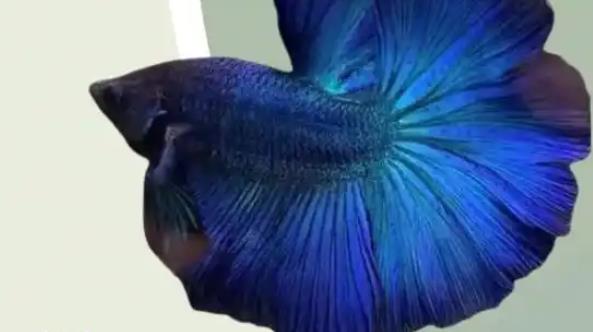Here’s a compilation of fish species suitable for co - housing with betta fish, along with precautions, synthesized from multiple sources:

I. Upper/Middle - Layer Fish (Fast - swimming & Agile)
Zebra Danio: With a gentle temperament and eye - catching stripe patterns, its rapid swimming allows it to evade attacks. Provide aquatic plants and other shelters.
Molly Fish: Vibrantly colored and highly disease - resistant, it reduces conflicts by swimming swiftly.
Moonfish: Strongly gregarious and highly adaptable, it complements the betta’s activity zone.
Neon Tetra/Boesemani Tetra: Small in size and beautiful in school swimming. Observe whether they nip at bettas.
II. Bottom - Dwelling Fish (Separated Activity Zones)
Common Pleco: Cleans the bottom of the fish tank, and its hard body spines can defend against betta attacks.
Algae Eater/Corydoras Catfish: Feeds on algae, with minimal spatial overlap with bettas.
III. Other Recommendations
Swordtail Fish: Extremely fast - swimming, making it difficult for bettas to chase.
Gourami/Angelfish: Larger in size, requiring sufficient space to thrive.
IV. Key Co - housing Precautions
Tank Size: Recommended to be at least 60 cm in length or 10 gallons (38 liters) to minimize territorial disputes.
Shelters: Aquatic plants, rocks, etc., to provide hiding spaces.
Water Quality & Temperature: Maintain clean water quality and a temperature range of 18 - 28°C.
Observation & Adjustment: Closely monitor in the early stage and isolate highly aggressive individuals promptly.
⚠️ Avoid Co - housing: Guppies (vulnerable to tail fin attacks), goldfish (intense food competition), rummy nose tetras (ecological conflicts), etc.
Specific combinations can be flexibly adjusted according to tank conditions and fish temperaments.
